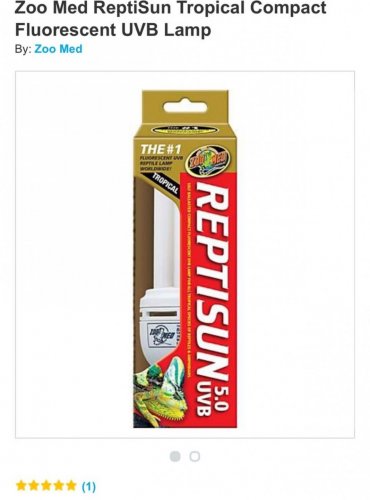devynnogood
Member
I recently switched from a 5.0 linear bulb to 5.0 Reptisun deep dome fixture. I've always heard go linear but then I started hearing from multiple breeders and doing research of my own to find out the normal dome UV ones give so much more light for them. I just switched UVs the other day and I've seen a HUGE difference in my 4 month old male Nosy Faly! I kept wondering why he wasn't producing his colors and then I starting doing research (He's also just a late bloomer). The light illuminates his whole cage, not just one area and I've noticed that before he would mainly be under his heat lamp, now he stays under the UV most of the time. I'm not here to say the linears are bad lights, cause I think they are good lights as well. I just wanted to share my experience with switching over. I do believe that Reptisun has the best UV lights though. Linear or not.

